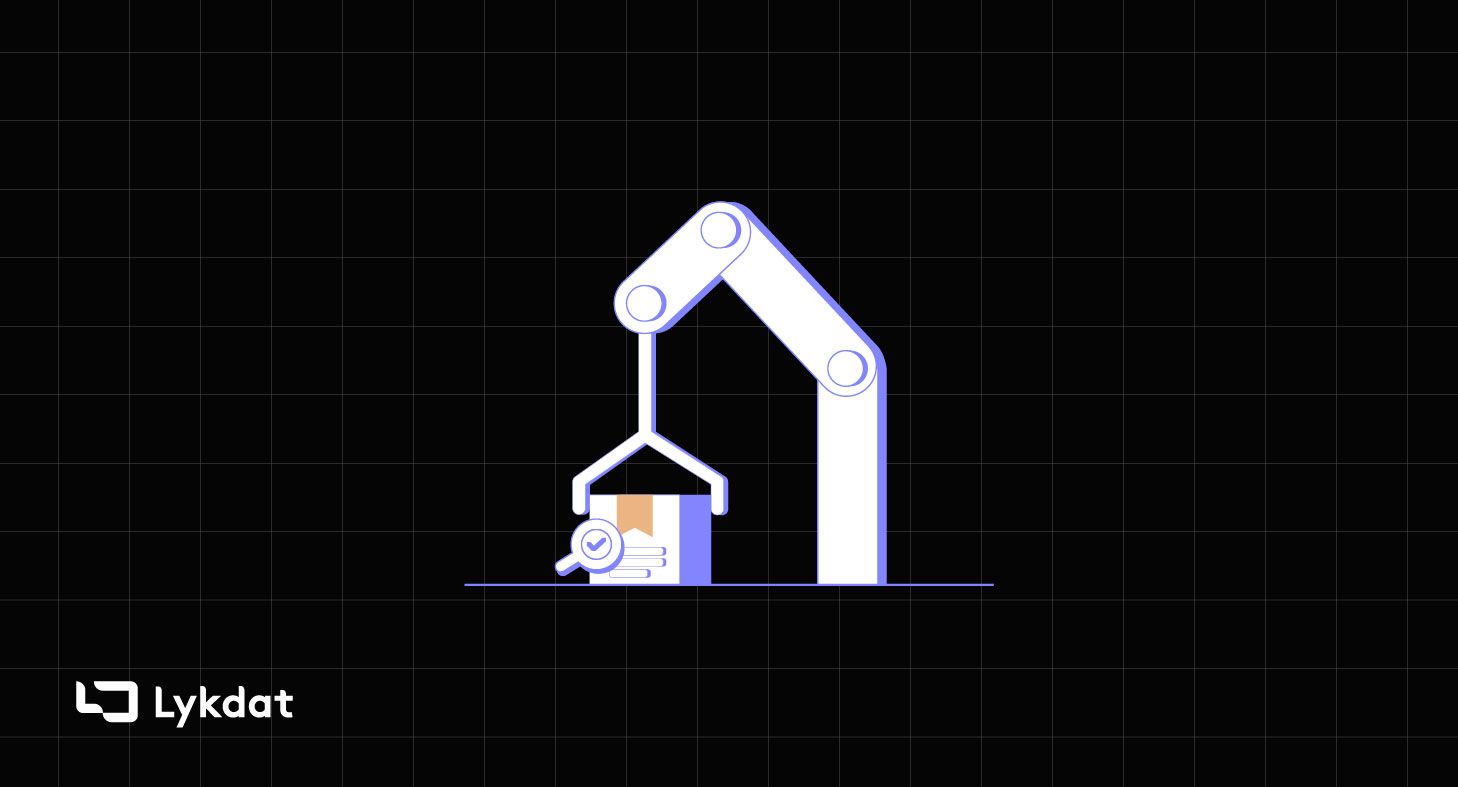A Manufacturer's Guide To Retail Intelligence
Customer reviews can provide valuable insights into manufacturing processes and product designs. This article discusses the power of customer review analysis in making data-driven manufacturing decisions.

In the world of fashion manufacturing, customer satisfaction is king. The digital world today has given customers more power than ever before to sway public opinion about businesses. One negative review can quickly spiral into a public relations nightmare that can tarnish your brand's image for years.
However, there is a silver lining to all of this - customer reviews can provide valuable insights into manufacturing processes and product designs. That is why the most successful businesses are those who understand the market, and satisfy customers, best. By analyzing customer feedback, manufacturers can identify areas for improvement, refine their products, enhance customer satisfaction and generate more revenue.
Why Does Customer Review Analysis Matter?
In the digital age, customers have transformed into influential opinion-shapers. Their ability to shape public perceptions about brands through online reviews is unparalleled. A negative review has the potential to reverberate across the digital realm, tarnishing a brand's image for years to come.
While negative reviews may seem like a menace, they offer a unique opportunity. Research has shown that you can increase revenue by up to 25% if you collect, analyze, and take proper action on the feedback provided by customers. For leading manufacturers, retail market analysis tools like Retail Intelligence provide a goldmine of information that give a high-level understanding of what customers like and dislike about specific products. Beyond the realm of reputation management, customer reviews hold a treasure trove of insights that can drive meaningful change. When harnessed correctly, this feedback can be the catalyst that propels manufacturers to excel.
Unveiling Customer Review Analysis Tools
Enter the realm of customer review analysis tools—a technological fusion of Natural Language Processing (NLP), Machine Learning (ML), and Artificial Intelligence (AI). These tools bring a new dimension to understanding customer feedback, transcending the limitations of manual analysis.
By processing text-based data, these tools offer a comprehensive overview of customer sentiment and preferences. NLP deciphers the nuances of language, ML detects patterns, and AI translates these findings into actionable insights.
Transforming Insights into Action
Customer feedback serves as a mirror that reflects the strengths and weaknesses of a brand's offerings. Manufacturers can identify pain points and shortcomings that may have gone unnoticed through internal assessments.
Fashion manufacturing thrives on innovation. With insights from customer reviews, manufacturers can fine-tune product designs, ensuring they align more closely with customer desires. Moreover, these insights extend to manufacturing processes, optimizing efficiency and quality.
Enhancing Customer Satisfaction and Revenue Generation
Customer feedback forms a direct link to customer satisfaction. By addressing concerns highlighted in reviews, manufacturers demonstrate their commitment to providing exceptional experiences. Positive reviews, in turn, foster loyalty and repeat business.
The financial implications of review analysis are substantial. Enhancements based on customer feedback lead to improved products that resonate with the target audience. This resonance translates into increased sales and brand loyalty, directly impacting revenue.
Making Data-Driven Decisions in Manufacturing
In the modern manufacturing landscape, data is the guiding light. Manufacturers that adopt a data-driven mindset thrive amidst uncertainty. Research has shown that leading apparel manufacturers stay ahead of the curve by leveraging analyzed customer feedback, right from the ideation stage of production. Customer review analysis aligns seamlessly with this approach, providing valuable data for informed decision-making and enhancing creativity.
The future of fashion manufacturing is customer-centric. Customer review analysis is more than just a trend—it's a paradigm shift. Integrating customer feedback into manufacturing strategies reflects an industry that listens, evolves, and strives for excellence.
Leveraging customer review analysis empowers you to be proactive in your manufacturing decisions, reduces the chances of product recalls, increases brand trust, and strengthens your relationship with the other players down the supply chain - all the way to the end-user.
How To Analyze Customer Reviews
The first step is to collect customer reviews. This can be done by setting up customer review analysis tools to capture reviews on your website, if you run a Direct-To-Consumer (DTC) business model. If your company manufactures products for retail businesses, the customer reviews you would need to capture will be found on the ecommerce websites of businesses that you manufacture for or supply to.
Once you have collected reviews, categorize them by product, component, or process. This will help you identify problem areas and trends across products or processes. Analyze these reviews for common themes, sentiments, or issues. The beauty of customer review analysis tools is that they process and analyze feedback at scale.
Use these insights to improve your processes, products, or services by sharing the feedback you collect with relevant teams such as Research & Development, Materials Sourcing and Quality Control. This can help teams identify problem areas faster and easier, and take corrective action proactively. Monitoring customer feedback trends over time helps you to identify changes in sentiment, common issues, or new opportunities for improvement.
Benefits of Leveraging Customer Review Analysis
Leveraging customer review analysis can offer a host of benefits to manufacturers. Here are some of the key advantages:
1. Enhanced Product Quality: By identifying areas for improvement through customer feedback, you can refine your product designs and processes to enhance quality.
2. Increased Customer Satisfaction: Improving product quality can lead to higher customer satisfaction levels, ultimately boosting customer retention, brand loyalty and trust across the product distrubution chain.
3. Cost Savings: By identifying and rectifying quality issues proactively, manufacturers can avoid costly product recalls, warranty claims, or returns.
4. Competitive Advantage: Manufacturers that prioritize customer satisfaction through review analysis can stand out in a crowded marketplace and build a strong reputation for quality.
Conclusion
Leveraging customer review analysis tools can be a game-changer for manufacturing businesses. Leveraging customer sentiment, manufacturers can gain valuable insights into customer needs and preferences, refine product designs and manufacturing processes, and ultimately enhance customer satisfaction levels.
To make the most of customer review analysis, manufacturers need the right tools, processes, and systems to gather feedback at scale, categorize and analyze it, and share insights with relevant teams. By prioritizing customer satisfaction through review analysis, manufacturers can stay ahead of ever-changing trends, gain a competitive edge in a crowded marketplace, and build a reputation for quality that will stand the test of time.

